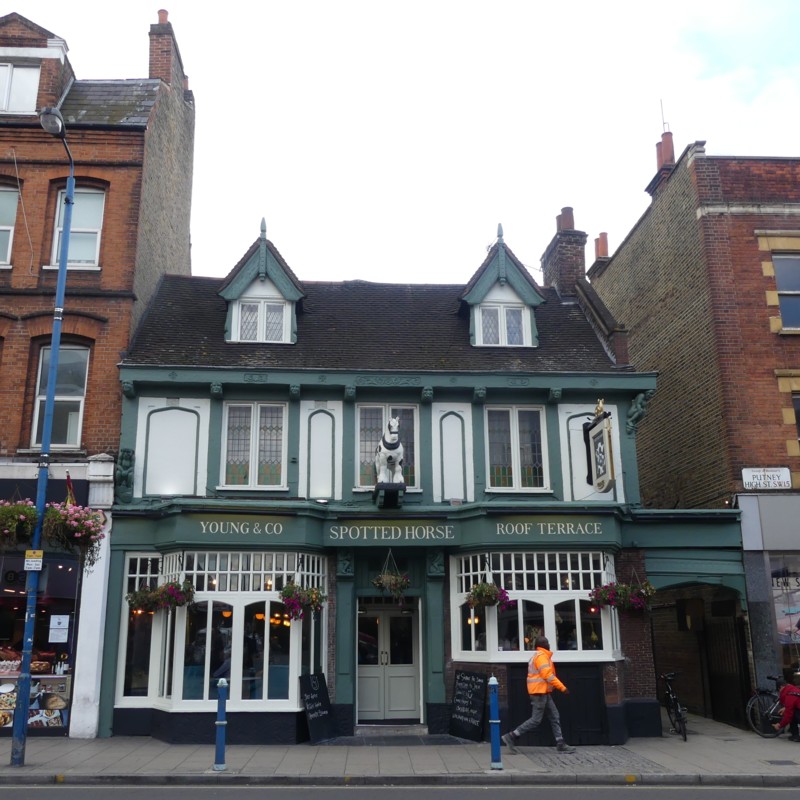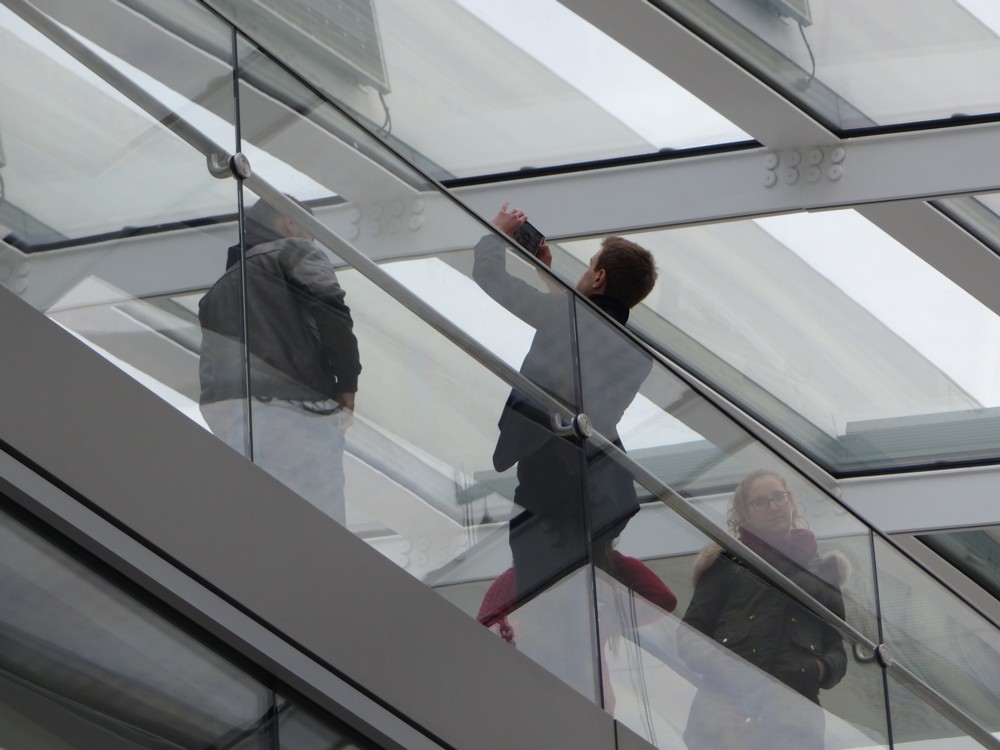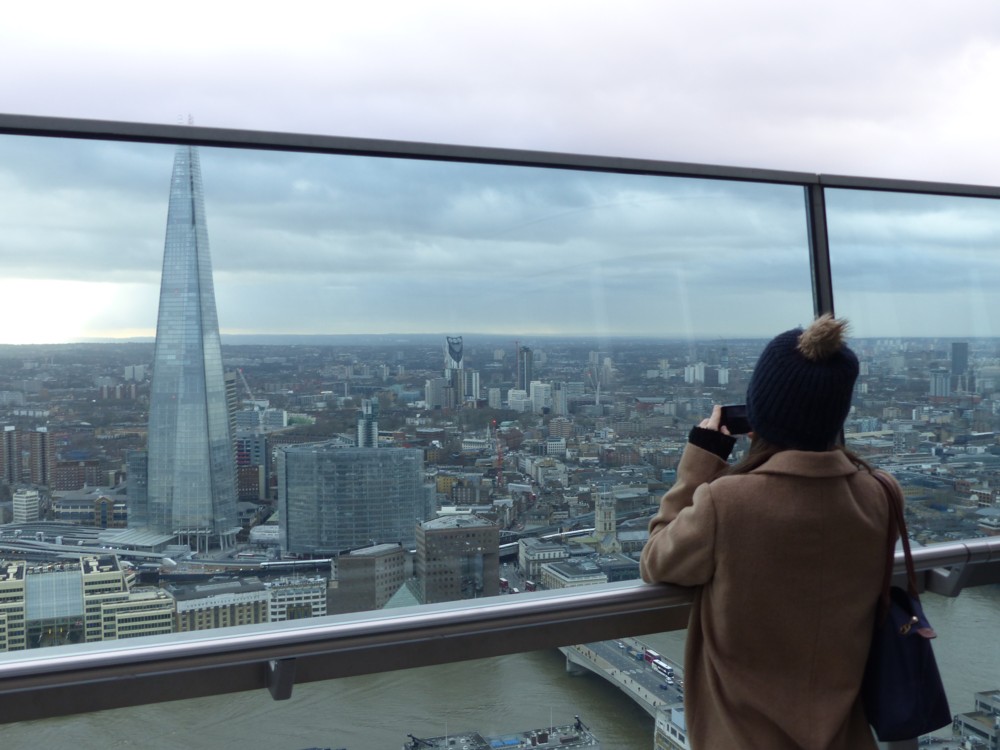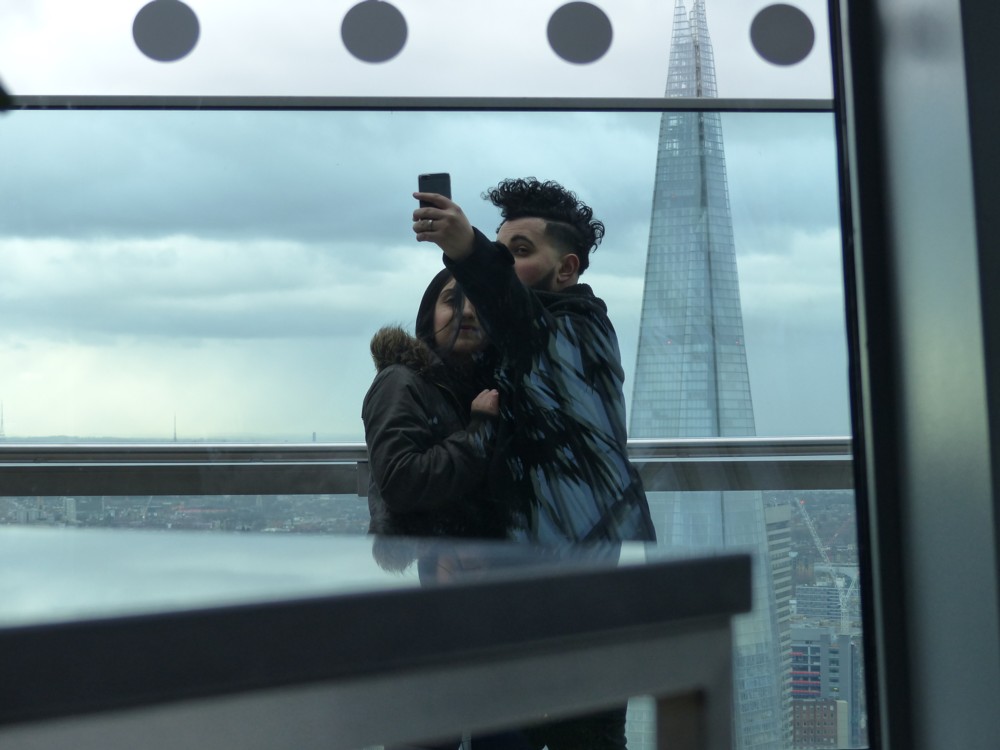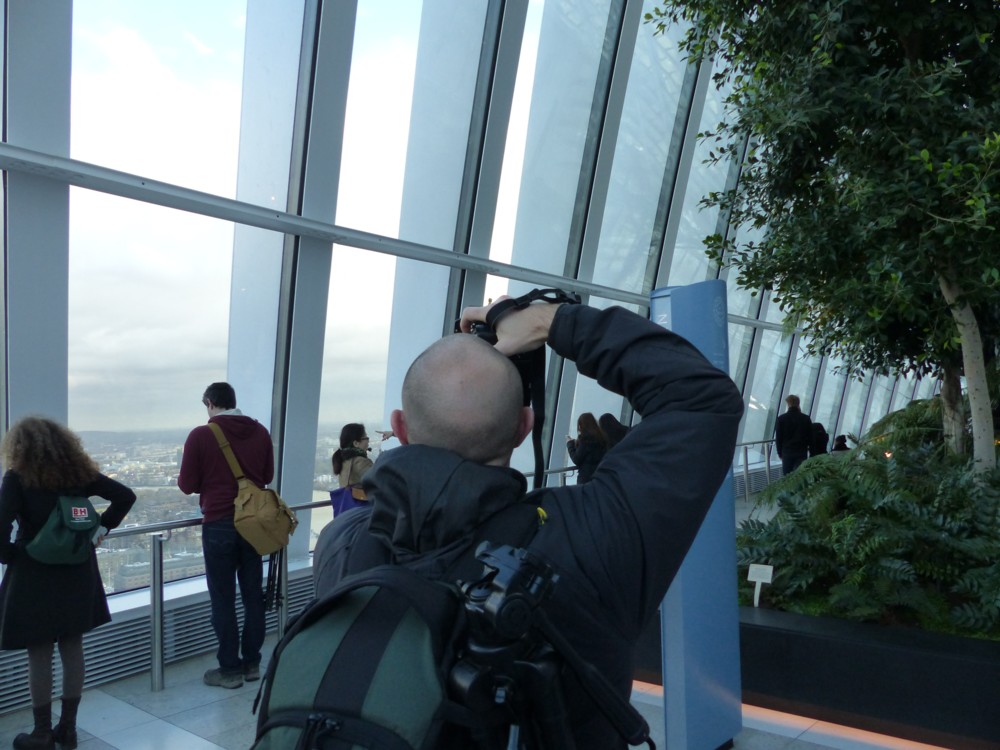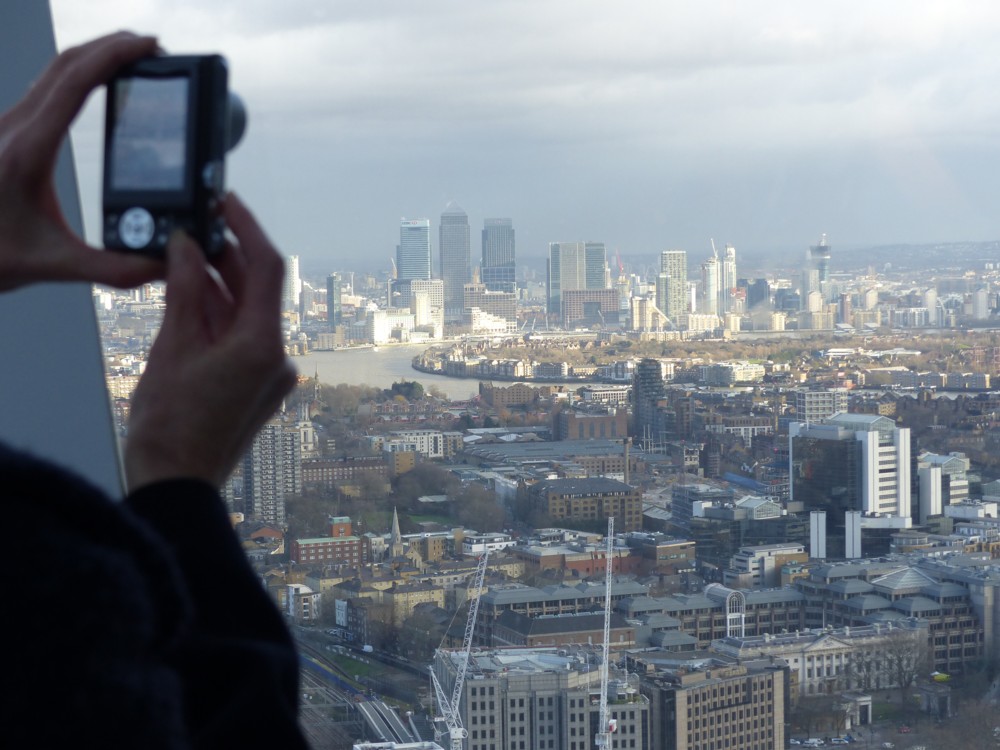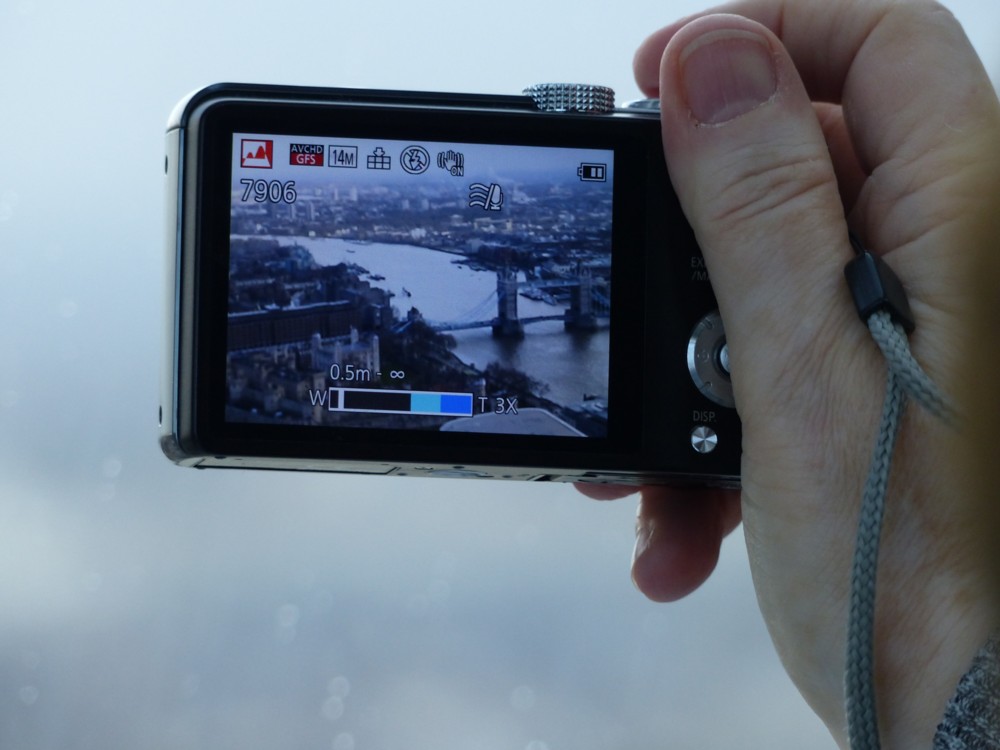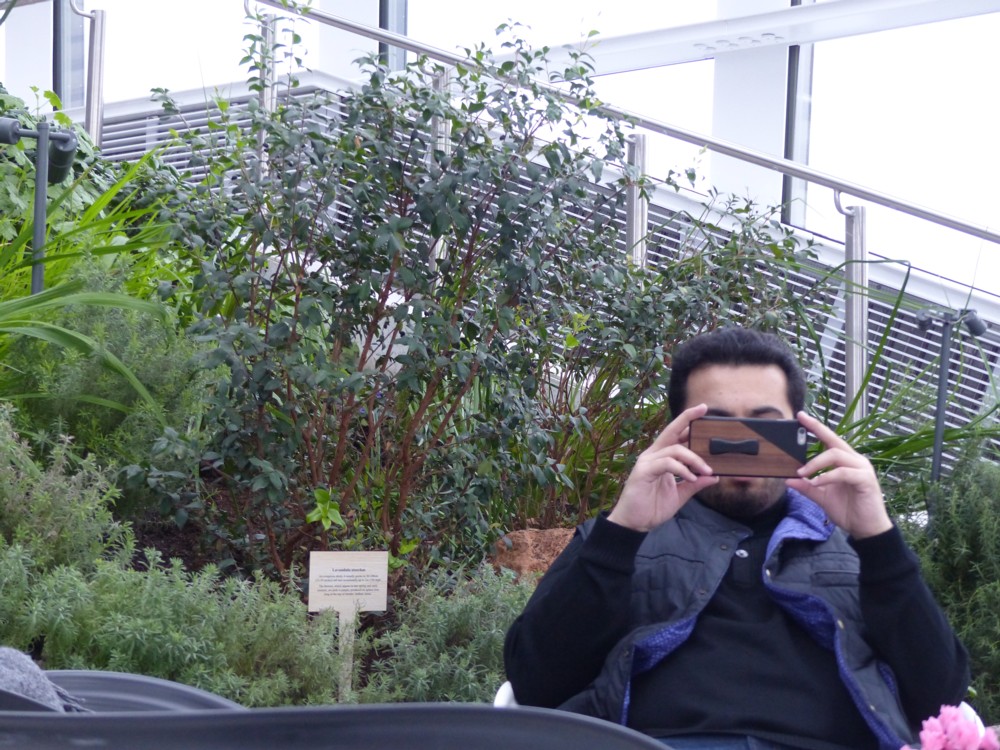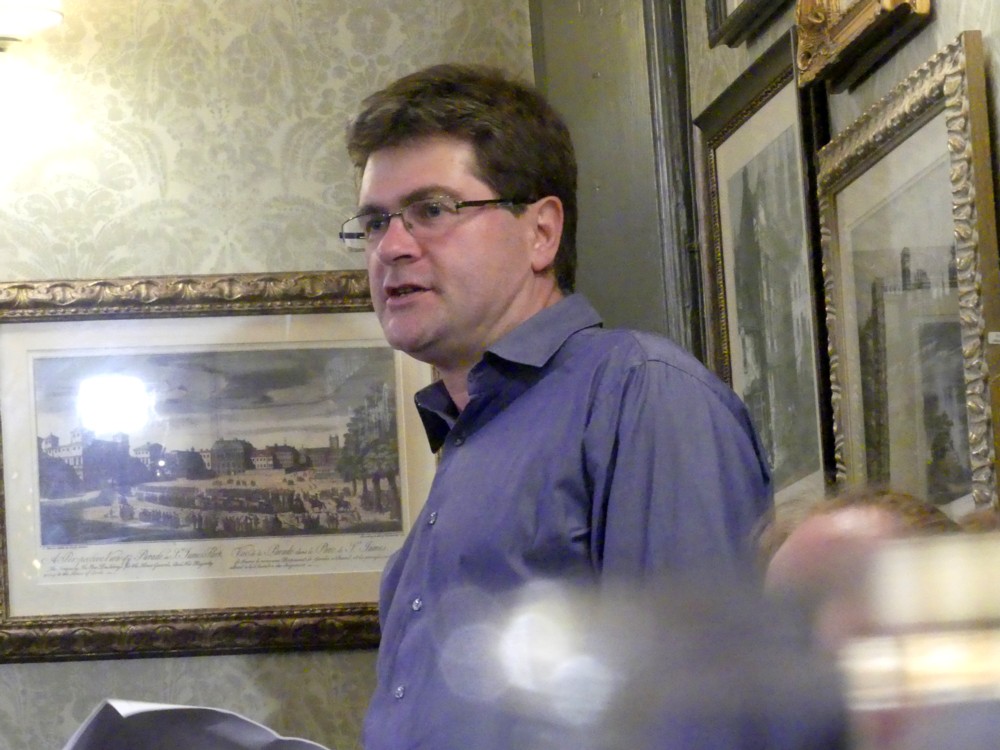This article (which is based on and which links to this article) has been an open window on my computer for over a month now, because it struck me as being so very interesting.
These reports concern recent research into the impact upon the world of online dating. Mostly good impacts. Two impacts in particular are pointed to.
First, online dating seems to facilitate more interracial relationships and interracial marriages. There is definitely a correlation between online dating and interracial relationships. This research strongly suggests that the link is causal. Online dating gets people past racial barriers.
Second, the relationships it facilitates tend to last longer and be more solid.
If I believe both of the above effects to be not only very important, but also to be true, this is because both effects make so much sense to me.
The first effect concerns taste in mere appearances. Suppose you inhabit a world where a relationship between you and someone ethnically different is somewhat taboo, the chances are you won’t be sufficiently acquainted with many fanciable people of a different ethnic group to be able to do anything about it. But if a dating app asks, bluntly: Do you like the look of this person, or of this person, or of this person? – then your answers will crash right through such racial boundaries, provided only that you personally would like them to. Relationships across racial boundaries become a simple matter of individual taste. Your “friends” can just stay right out of it.
But then, once strong relationships across racial boundaries stop being the stuff of movies, because they are so rare, and become quite common, all those “friends” are just going to have to live with it, or stop being your friends. Chances are, they’ll be fine with it.
I do not believe it to be coincidence that the one marriage in my circle of friends which I know for certain to have started on the internet is also one that crosses what would, when I was a lot younger, have been a racial barrier.
The second effect bears strongly on the kinds of fundamentals that can ruin a marriage in the longer run, and also get you through a racial barrier in the short run. These fundamentals are, well: fundamentals. Fundamentals like beliefs about what life is about and for, what marriage means and how sex should and should not be done, what is right and wrong politically or ideologically or spiritually, and so on. These are the kinds of things that also, along with superficial racial preferences, get declared that little bit earlier, when you do computer dating, rather than turning around to bite you, two years into that relationship with a more local bod who merely looked great and had a nice sounding voice and wore nice clothes. And you get a bigger choice, which enables you to pick dating partners with more similar beliefs about those fundamentals. Even if such fundamentals aren’t stated in full up front, they are often at least referred to early on, and form the basis of early conversations, rather than just erupting later, in the heat of some perhaps seemingly trivial drama.
That interracial marriage I referred to above also anecdotally confirms everything in the above paragraph, about those fundamentals. How they both looked to each other was a nice bonus, but it was fundamentals that really brought them together for the long run.
The one big negative I can see happening here is that if all of the above is right, then the tendency will be reinforced for society to divide up into groups who all agree with each other about fundamentals. The much discussed “bubble” effect of the internet will be greatly reinforced. Regular touch with people who hold to other beliefs will become rather rarer, because marriages used to be more common across such fundamental belief boundaries but are now becoming less so. And that could be a big negative in a lot of ways.
A way to sum up what is happening here is that society is continuing to be tribal, but that the tribes will now be based more on beliefs and less on biological and genetic similarities and connections.
I should say that I have not myself ever done computer dating. I would welcome comments on the above from people who have.
I note with a small spasm of pleasure that one of the researchers who did the research alluded to, Josue Ortega, is based at Essex University, of which I am a graduate and of which I have fond memories.



